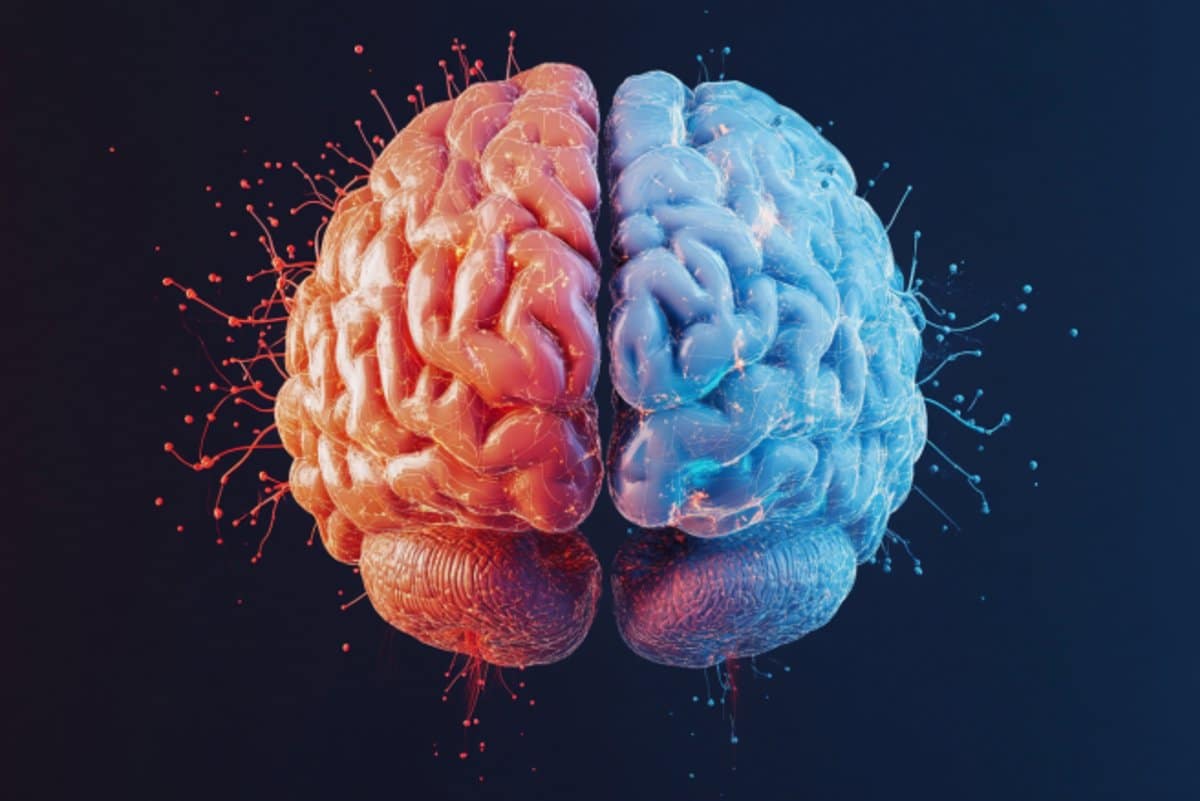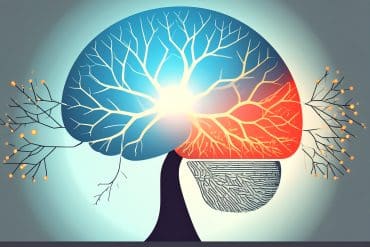Summary: A large-scale Swedish study has found that individuals with autism are at significantly higher risk of developing early-onset Parkinson’s disease. Researchers followed over two million people and discovered that those with autism were four times more likely to develop the neurodegenerative condition before age 50.
The connection may stem from shared disruptions in dopamine-related brain systems involved in both movement and social behavior. Even after adjusting for factors like medication use and mental illness, the risk remained notably elevated, suggesting a potential biological overlap.
Key Facts:
- Increased Risk: Autistic individuals are four times more likely to develop early-onset Parkinson’s disease.
- Possible Link: Dopamine system dysfunction may underlie both conditions.
- Persistent Association: Risk remains doubled even after accounting for medication and mental health factors.
Source: Karolinska Institute
People with an autism diagnosis are at a higher risk of developing Parkinson’s disease early in life, a large-scale study from Karolinska Institutet published in JAMA Neurology reports. The researchers believe that the two conditions can share underlying biological mechanisms.
The study is based on registry data from over two million people born in Sweden between 1974 and 1999 who were followed from the age of 20 up to the end of 2022.

The researchers interrogated a possible connection between the neuropsychiatric diagnosis Autism Spectrum Disorder (ASD), which affects an individual’s thought processes, behaviour and interpersonal communication, and early-onset Parkinson’s disease, a condition that affects locomotion and movement.
Dopamine can be involved
The results show that people with an autism diagnosis were four times more likely to develop Parkinson’s disease than people without such a diagnosis, a correlation that remained when controlling for socioeconomic status, a genetic predisposition for mental illness or Parkinson’s disease and other such factors.
“This indicates that there can be shared biological drivers behind ASD and Parkinson’s disease,” says the study’s first author Weiyao Yin, researcher at the Department of Medical Epidemiology and Biostatistics, Karolinska Institutet.
“One hypothesis is that the brain’s dopamine system is affected in both cases, since the neurotransmitter dopamine plays an important part in social behaviour and motion control.”
It is well-known that dopamine-producing neurons are degraded in Parkinson’s disease. Previous studies have also shown that dopamine is possibly implicated in autism, but more research needs to be done to confirm this.
“We hope that our results will eventually help to bring greater clarity to the underlying causes of both ASD and Parkinson’s disease,” says Dr Yin.
Medical checkups are vital
Depression and the use of antidepressants are common in people with autism, as are antipsychotic drugs, which are known for being able to cause Parkinson’s-like symptoms.
When the researchers adjusted for these factors, the correlation between ASD and the later development of Parkinson’s disease was less salient, but the risk was still double.
The researchers point out that they only analysed early-onset Parkinson’s disease before the age of 50 and that the average age of participants by the end of the study was 34. The incidence of Parkinson’s disease was therefore very low. Future studies will need to examine if the elevated risk persists into older age.
“The healthcare services need to keep people with ASD – a vulnerable group with high co-morbidity and a high use of psychotropics – under long-term observation,” says the study’s last author Sven Sandin, statistician and epidemiologist at the Department of Medical Epidemiology and Biostatistics, Karolinska Institutet.
“At the same time, it’s important to remember that a Parkinson’s diagnosis before the age of 50 is very rare, including for people with autism.”
Funding: The study was primarily financed by the Simons Foundation and the Swedish Research Council.
Two of the authors have declared funding and fees from pharmaceutical companies unconnected to the study. See the published paper for further information on potential conflicts of interest.
About this autism and Parkinson’s disease research news
Author: Press Office
Source: Karolinska Institute
Contact: Press Office – Karolinska Institute
Image: The image is credited to Neuroscience News
Original Research: Closed access.
“Risk of Parkinson Disease in Individuals With Autism Spectrum Disorder” by Weiyao Yin et al. JAMA Neurology
Abstract
Risk of Parkinson Disease in Individuals With Autism Spectrum Disorder
Importance
Recent research suggests a plausible biological link between autism spectrum disorder (ASD) and Parkinson disease (PD). Nonetheless, large longitudinal studies examining the risk of PD following ASD are lacking.
Objective
To examine the association between ASD and future PD risk.
Design, Setting, and Participants
A nationwide population-based prospective cohort study was performed using data from Swedish national registers. All individuals born in Sweden from 1974 to 1999 with follow-up from age 20 years until December 31, 2022, and with complete covariate data were included. The analysis was completed in August 2024.
Exposures
Diagnoses of ASD as a time-varying exposure obtained from the National Patient Register.
Main Outcomes and Measures
Diagnoses of PD were obtained from the National Patient Register through 2022. The relative risk (RR) of PD was quantified using incidence rate ratios with 95% CIs from Poisson regression. Preterm birth, depression, antidepressant use, and antipsychotic exposure over time were potentially modifying life events.
Results
The study included 2 278 565 individuals (median [IQR] age at exit, 34 [29-42] years; 1 106 772 female [48.6%]), contributing 33 858 476 person-years. PD occurred in 438 of 2 226 611 individuals without ASD (0.02%; 1.3 cases/100 000 person-years) and 24 of 51 954 individuals with ASD (0.05%; 3.9 cases/100 000 person-years) (RR, 4.43 [95% CI, 2.92-6.72]).
The risk estimates were similar after adjusting for sex, socioeconomic status, family history of mental illness, family history of PD, and age at ASD diagnosis. Preterm or early-term birth was not associated with and did not modify the PD risk. Depression and antidepressant use (present in 24 257 individuals with ASD [46.7%]) were associated with increased risk of PD (RR, 2.01 [95% CI, 1.40-2.88]), independent of ASD.
Antipsychotic exposure (present in 16 387 individuals with ASD [31.5%]) reduced but did not fully attenuate the association (RR, 2.00 [95% CI, 1.27-3.14]) and showed no interaction with ASD on PD risk.
Conclusions and Relevance
ASD was associated with increased risk of PD, even after adjusting for depression or antidepressant use and antipsychotic exposure. These findings suggest a potential shared etiology between neurodevelopmental disorders and PD, and a heightened awareness of long-term neurological conditions in individuals with ASD may be warranted.






